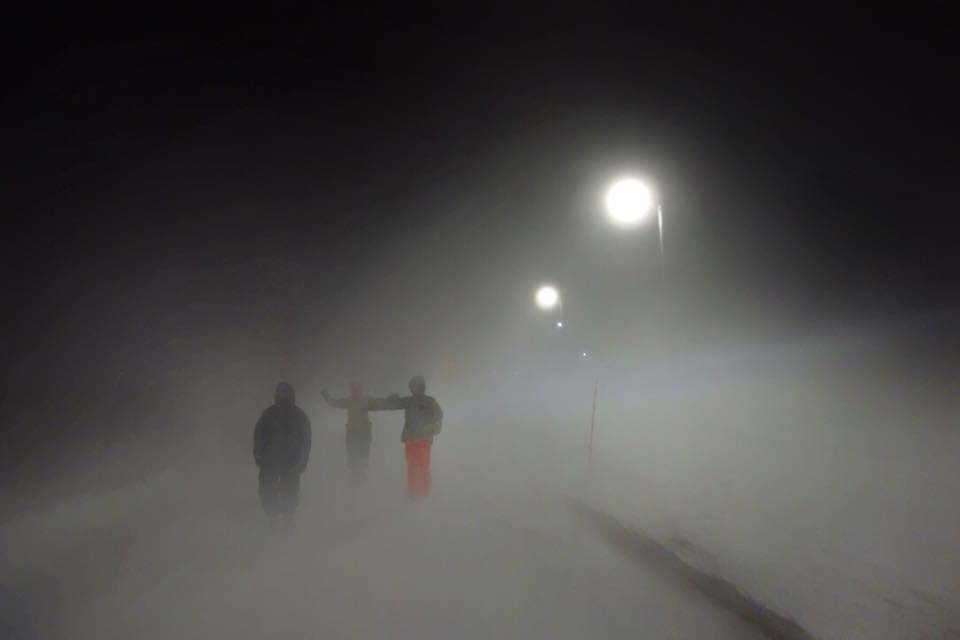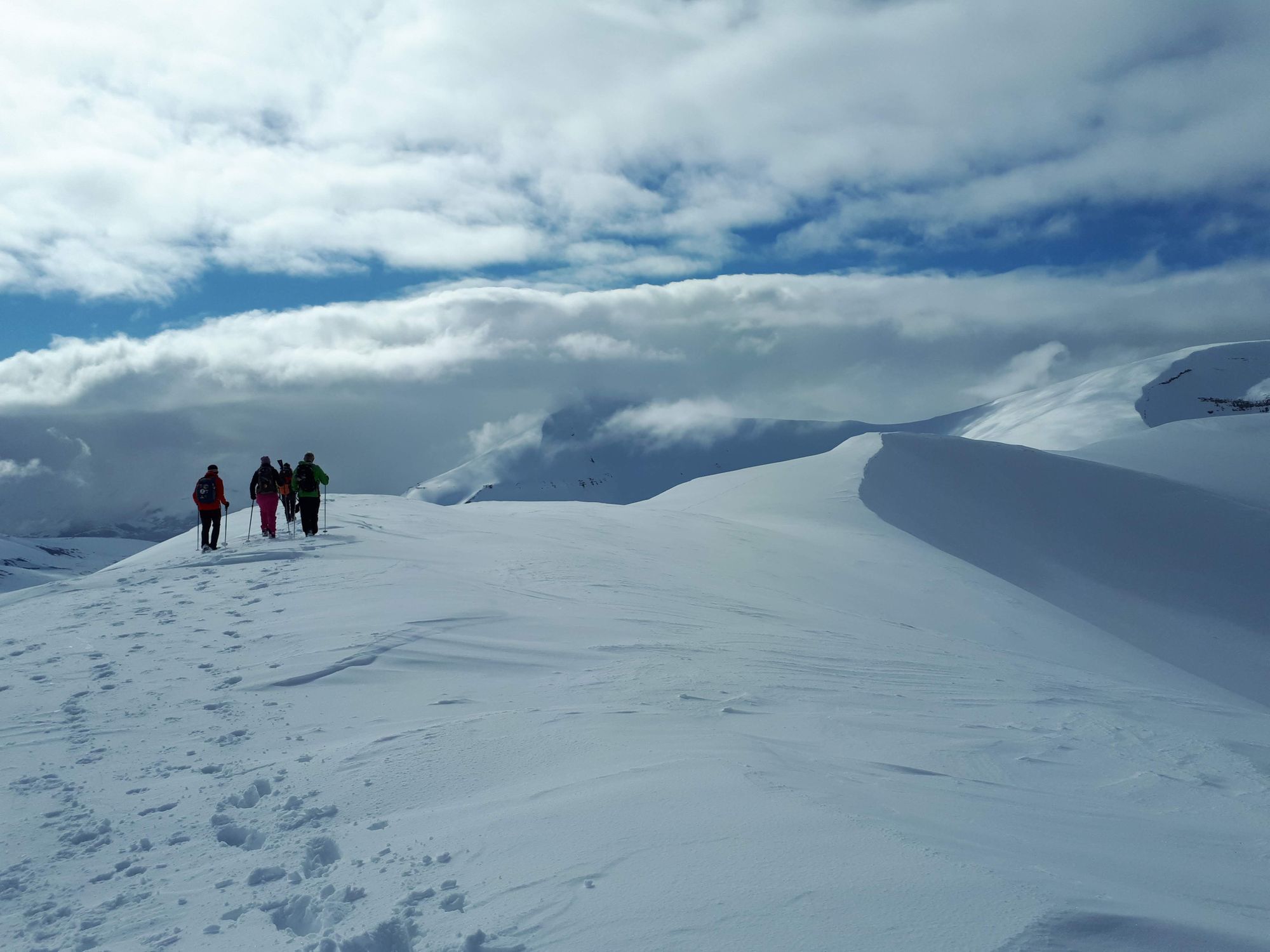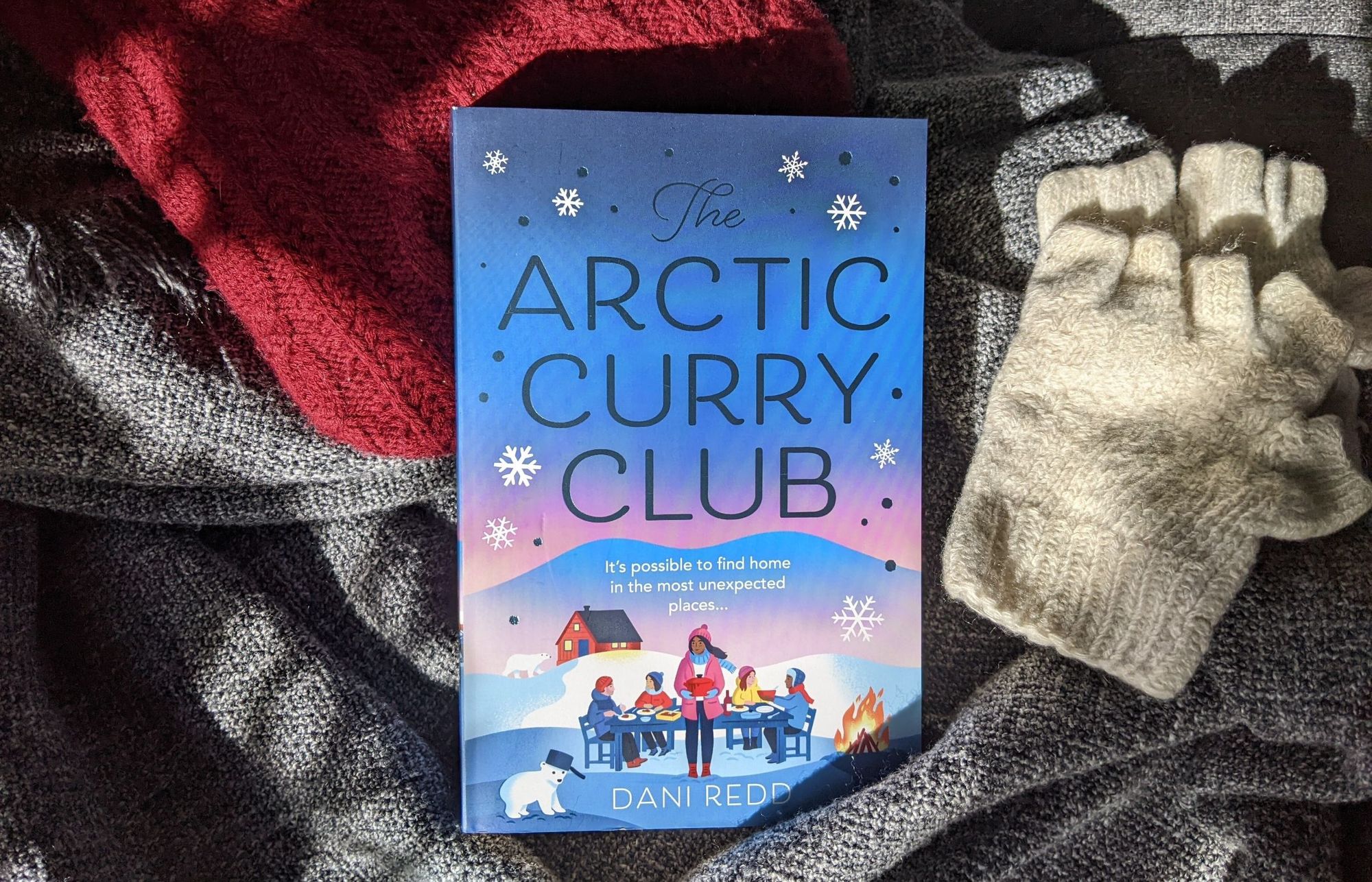My debut novel The Arctic Curry Club tells the story of Maya, a woman of mixed Indian and English heritage. She relocates to Longyearbyen, the largest settlement on the remote Arctic archipelago of Svalbard, when her partner gets a job tracking the resident polar bear population. In other words, she’s there on sufferance.
Maya is not your stereotypical Arctic adventurer. The Arctic explorers who made history were often (to quote a former colleague) ‘male and pale’. Of course, there are always exceptions. African American explorer Matthew Henson was purportedly one of the first to reach the North Pole, with Robert Peary and several others. Meanwhile, Louise Arner Boyd made regular ship expeditions to the Arctic, and in 1955 was the first woman to fly over the North Pole. But Henson’s role in polar history has been diminished and downplayed, while the only reason Arner Boyd was able to access these traditionally male spaces was because of her vast inheritance.
Maya learns about the male-dominated history of polar exploration when she visits Longyearbyen’s museum.
“There was a whole room devoted to Arctic Exploration, as dudes searching for the Northwest Passage or the North Pole had to travel across the archipelago. Normally they failed, or got lost, or died. Even when that happened they were hailed as heroes, even though the only thing they’d fought was the elements. Surely the North Pole looked much the same as the thousand miles of icy expanse surrounding it? But white guys want to stick their flags in everything,” she says.

Maya is dismissive of these polar explorers because she can’t identify with them. This is not just to do with their gender, it’s also to do with the qualities they embody. Ernest Shackleton famously stated that optimism, patience, idealism and courage were the most important traits a polar explorer needed to succeed. As someone who suffers from an anxiety disorder, Maya doesn’t see herself in this description. The sub-zero temperatures and 24-hour darkness simply makes it worse. A blizzard triggers a panic attack.
“I wasn’t tough enough or brave enough for a place like this. I’d have to stay inside and become the human equivalent of a slug; nothing but a waste of space and oxygen,” she says afterwards.
I wasn’t tough enough or brave enough for a place like this. I’d have to stay inside and become the human equivalent of a slug; nothing but a waste of space and oxygen.
But most novels involve a character transformation and this one is no exception. Maya finds a way to inhabit the Arctic that works for her - cooking dishes from her late mother’s recipe book. These meals allow her to create moments of warmth and community; they provide her with a way to distract herself from the cold and the darkness outside.
Slowly, the light begins to return. Maya begins to appreciate the stark beauty of her surroundings.
“I began to notice short periods of twilight in the middle of the day, where the sky turned a bruised purple colour, with a band of paler cobalt at the horizon. These twilight hours grew longer and lighter, bathing the snow in an eerie half light,” she says.

By the end of the novel, she realises she has as much right to be in the Arctic as the polar explorers she was so dismissive of.
“For the first time since I arrived, I understood its appeal. It was a place nobody could claim, so anybody was welcome to call it home. Even me,” she says.
For the first time since I arrived, I understood its appeal. It was a place nobody could claim, so anybody was welcome to call it home. Even me.
I wrote this novel to show that adventurers don’t have to look or behave or even feel a certain way. That being strong doesn’t refer solely to physical strength - it’s about not giving up, even when you want to. I firmly believe that anyone can be an adventurer.
Adventures don’t always have to look like a difficult expedition to the North Pole. They can involve cooking curry in the Arctic, a freezing dip in your nearest river, or simply walking a route you’ve never taken before. They’re all about getting out of your comfort zone and expanding your horizons, wherever and whoever you are.
- The Arctic Curry Club (£7.99) is available to purchase from bookshop.org
Inspired? Check out our full range of adventure holidays now!
This article contains affiliate links. Which basically means we make a little commission if you click through and buy something. It doesn’t cost you anything, and it just means we can do more good things in good places.


